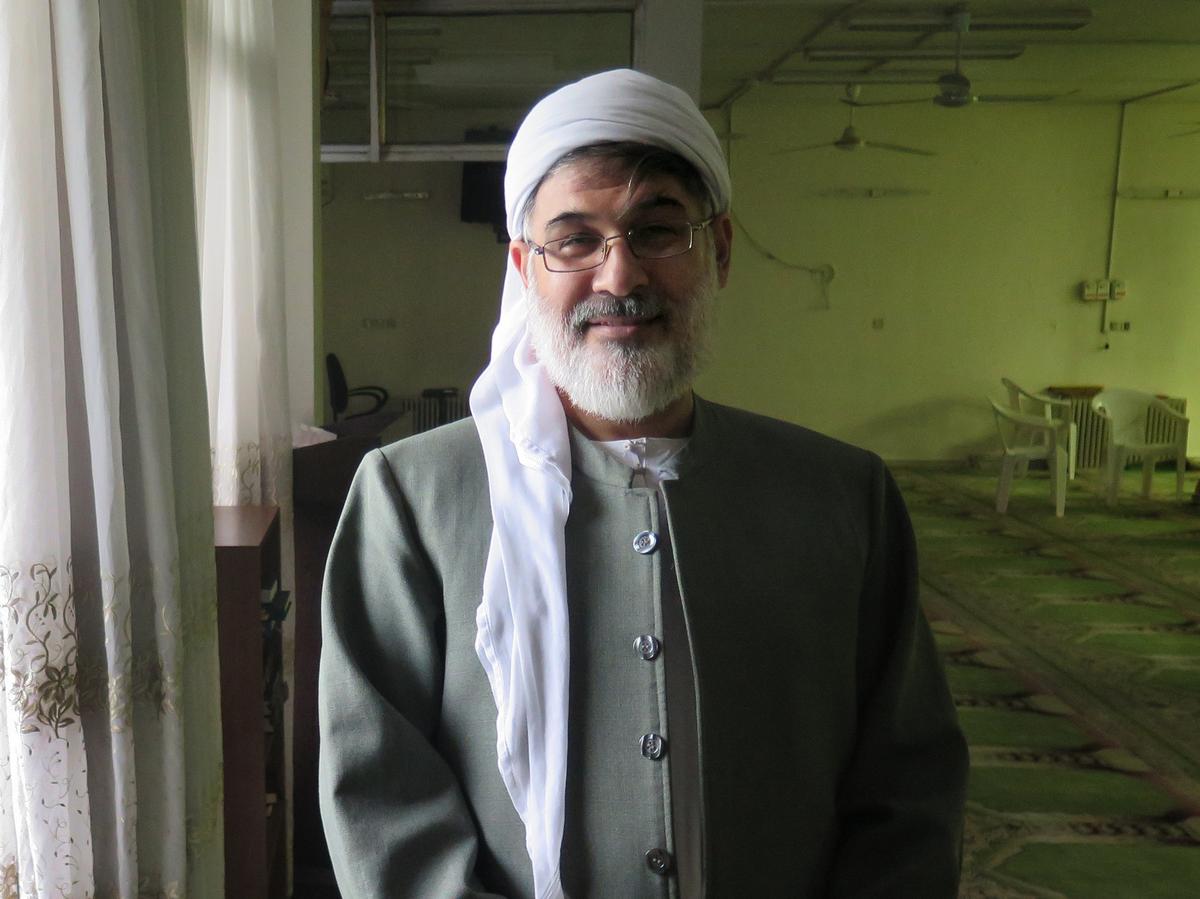Population Of Sunni Muslims In Iran The Precarious Existence 's Morng Edition Wnyc
Around the 10th century, most persians had become muslims The official statistics provided by the iranian government typically do. Between the 7th century and the 15th century, sunni islam was the dominant sect in iran who mostly followed the shafi'i school [1], and iranian academics of this period contributed greatly to the islamic golden age.
The Precarious Existence Of Iran's Sunni Muslims | Morning Edition | WNYC
By research fellow andrew lumsden myth While it is predominantly a shi'a muslim country, it is home to various ethnic and religious minorities, including a significant population of sunni muslims (1) there is no difference between islam in iran and in any other muslim country
- X X X Xxxx Is Equal To 4x
- Bob Saget First Wife
- Deviantart Subscription Bypass Free
- If%C3%A5%C3%BFa T%C3%A3rk
- Terabox Sex Videos Link
Although sunnis make up a commanding majority (85% to 90%) of the world’s muslim population, they are a minority in shi’a dominated iran
According to government estimates, sunnis make up between 7% and 10%. The sunni muslim population in iran is thought to number between seven and eight million, less than ten percent of iran’s total population Most of them are concentrated in the provinces of kurdestan, golestan, khorasan razavi, north khorasan, south khorasan and sistan and baluchestan. While sunnis account for roughly 85 percent of the muslim population around the islamic world, they constitute a minority in iran where shias make up the absolute majority of the country’s population
No official statistics on iran’s religious demography are available but the sunni population is often estimated at around 10 percent. Understanding the sunni population in iran iran is a predominantly shia muslim country, with over 90% of its population following the shia sect of islam However, there is also a sunni muslim minority in iran, representing around 10% of the population The predominantly shia character of iran has historically created complexities in its relationships with neighboring countries

An Introduction to the Beliefs and Traditions of the Sunni Muslims
In regions where sunni islam is prevalent, iran has sometimes faced isolation
Though, iran actively cultivates strong ties with nations possessing meaningful shia communities, notably yemen and lebanon, fostering collaborative relationships based on shared religious. Government estimates the population at 86.8 million (midyear 2022) According to iranian government estimates, muslims constitute 99.4 percent of the population, of whom 90 to 95 percent are shia, and 5 to 10 percent are sunni Most sunnis are turkmen, arabs, baluch, and kurds, living in the northeast, southwest, southeast, and northwest provinces, respectively
Religious beliefs and freedoms in iran the fatima masumeh shrine in qom, iran is one of the holiest sites for shia muslims in the country Iran is an islamic state where close to 98% of the population identifies as being muslim The nation’s constitution is largely based on islamic law The dominant religious group in iran is the shia muslims

Leader Praises Peaceful Coexistence of Shiite, Sunni Muslims in Iran
Sunni muslims are the second largest religious.
After years of underrepresentation and repression at the hands of the regime, iran's sunni population is playing an important role in the current protests. Sunni muslims, who make up 10% of iran's population, say they have few rights in the islamic republic Iran is predominantly shia muslim, making up about 90 percent of the population, while sunni muslims and other muslim sects account for roughly 9 percent. Iran boasts the largest shia population worldwide, distinguishing itself from other nations, including many arab countries dominated by sunni muslims
What are your thoughts on the role of religion in international relations? The vast majority of iranians are muslims of the ithnā ʿasharī, or twelver, shiʿi branch, which is the official state religion The kurds and turkmen are predominantly sunni muslims, but iran’s arabs are both sunni and shiʿi Small communities of christians, jews, and zoroastrians are also found throughout the country
/difference-between-shia-and-sunni-muslims-2003755-v3-HL-0705e1a1776440348861183d19a2f5bd.png)
Key Differences Between Shia and Sunni Muslims
The two cornerstones of iranian.
Sunni regions are heavily policed, with a significant presence of security forces who conduct frequent patrols and raids. Government estimates the population at 85.0 million (midyear 2020 estimate) No official statistics on iran’s religious demography are available but the sunni population is. Iraq’s shia muslim population is substantially smaller, but it is expected to grow at a faster rate than the shia population in neighboring iran
The threat of militant extremism among iran’s sunnis is being taken very seriously in tehran Iranian authorities have been exerting considerable effort to stem the spread of salafism and wahhabism into iran’s mainly hanafi sunni majority regions One strategy that authorities are not pursuing, however, is development Indeed, the continued underdevelopment of these regions is leaving the.

The Precarious Existence Of Iran's Sunni Muslims | Morning Edition | WNYC